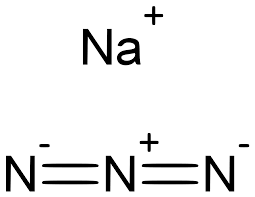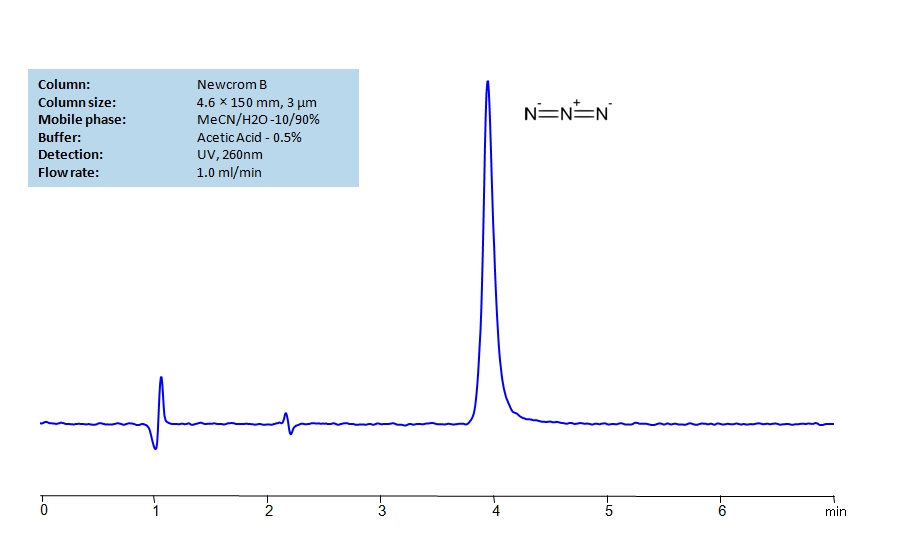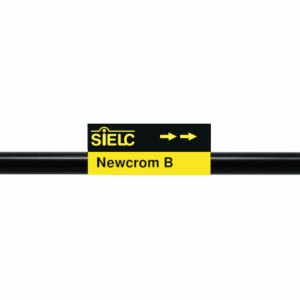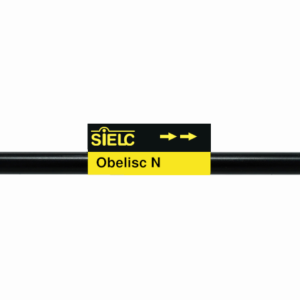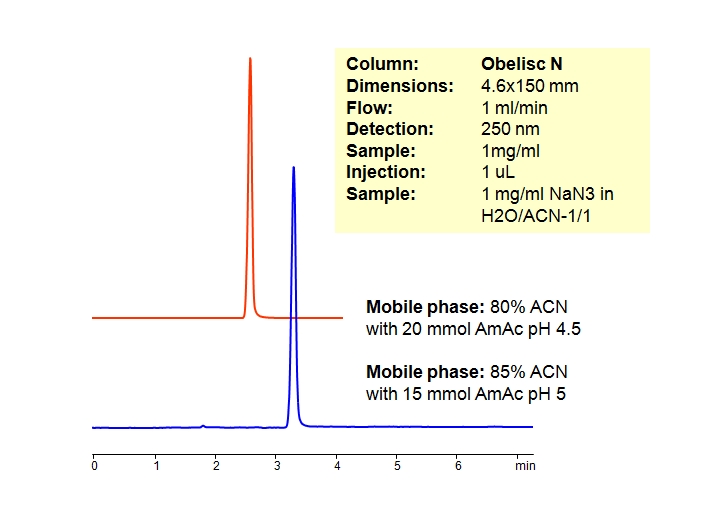| CAS Number | 14343-69-2 |
|---|---|
| Molecular Formula | N3 |
| Molecular Weight | 42.022 |
| InChI Key | IVRMZWNICZWHMI-UHFFFAOYSA-N |
| LogP | 1.16 |
| Synonyms |
|
Applications:
HPLC Determination of Sodium Azide on Newcrom B Column
March 24, 2020
HPLC Method for Sodium azide, Azide Ion on Newcrom B by SIELC Technologies
High Performance Liquid Chromatography (HPLC) Method for Analysis of Sodium azide, Azide Ion.
Sodium Azide is an inorganic compound with the chemical formula NaN3. It is soluble in water and is acutely poisonous. In the past, it was used in airbags alongside other oxidizers, ignitors, and accelerants due to it’s breakdown into Sodium and Nitrogen at high temperatures. These days, Sodium Azide is majorly used in industrial scale organic synthesis, as it is an explosion hazard which makes it dangerous. On occasion, it is also used in agriculture as a form of pest control or mutagen for crop selection. In biochemistry it is used as a biocide, probe reagent and an antibacterial preservative.
Sodium azide, Azide Ion can be retained and analyzed using the Newcrom B stationary phase column. The analysis utilizes an isocratic method with a simple mobile phase consisting of water and acetonitrile (MeCN) with an acetic acid buffer. Detection is performed using UV.
| Column | Newcrom B, 4.6 x 150 mm, 3 µm, 100 A, dual ended |
| Mobile Phase | MeCN/H2O – 10/90% |
| Buffer | Acetic Acid – 0.5 % |
| Flow Rate | 1.0 ml/min |
| Detection | UV 260 nm, MS- compatible mobile phase |
| Class of Compounds | Hydrophilic, Negative |
| Analyzing Compounds | Sodium azide, Azide Ion |
Application Column
Newcrom B
Column Diameter: 4.6 mm
Column Length: 150 mm
Particle Size: 3 µm
Pore Size: 100 A
Column options: dual ended
Sodium azide

HPLC Analysis of Azide Ion on Obelisc N Column
July 10, 2012
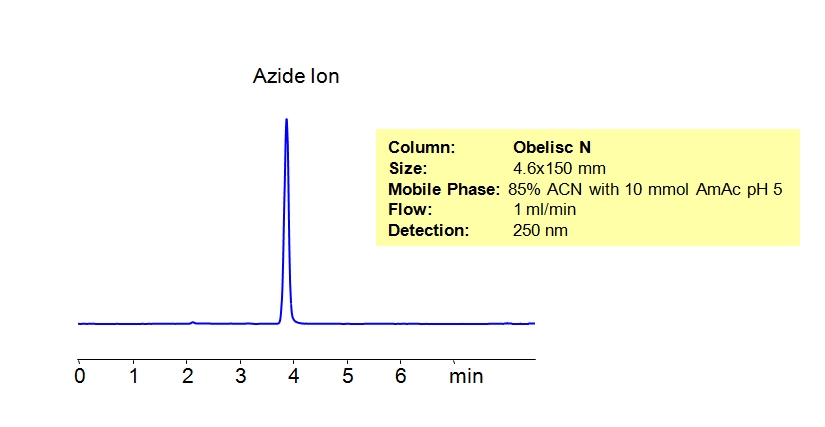
Sodium azide is used in older car airbag systems and airplane escape slides. It is an acutely toxic substance. Obelisc N mixed-mode column can retain the azide ion using MS-compatible mobile phase of acetonitrile (ACN) and water with Ammonium Acetate as buffer. Can also be UV detected at 250nm.
| Column | Obelisc N, 4.6×150 mm, 5 µm, 100A |
| Mobile Phase | MeCN/H2O – 85/15% |
| Buffer | AmAc pH 5- 10 mM |
| Flow Rate | 1.0 ml/min |
| Detection | UV, 250 nm |
| Class of Compounds |
Anion, Hydrophilic, Ionizable |
| Analyzing Compounds | Azide |
Application Column
Obelisc N
SIELC has developed the Obelisc™ columns, which are mixed-mode and utilize Liquid Separation Cell technology (LiSC™). These cost-effective columns are the first of their kind to be commercially available and can replace multiple HPLC columns, including reversed-phase (RP), AQ-type reversed-phase, polar-embedded group RP columns, normal-phase, cation-exchange, anion-exchange, ion-exclusion, and HILIC (Hydrophilic Interaction Liquid Chromatography) columns. By controlling just three orthogonal method parameters - buffer concentration, buffer pH, and organic modifier concentration - users can adjust the column properties with pinpoint precision to separate complex mixtures.
Select options
Retention of Azide Ion on Obelisc N Column
March 13, 2012
Sodium azide is a salt of weak hydrazoic acid with pKa 4.5-4.7.
Sodium azide is very toxic. It is typically used as a stabilizer for aqueous solution to suppress bacteria grows.
Chromatography separation is based on weak ionic interaction of the partially ionized hydrazoic acid with positively charged column surface. Additional polar interaction is a result of high acetonitrile concentration in the mobile phase.
| Column | Obelisc N, 2.1×150 mm, 5 µm, 100A |
| Mobile Phase | MeCN |
| Buffer | AmAc |
| Flow Rate | 1.0 ml/min |
| Detection | UV, 250 nm |
<
| Class of Compounds |
Base, Hydrophobic, Ionizable |
| Analyzing Compounds | Azide |
Application Column
Obelisc N
SIELC has developed the Obelisc™ columns, which are mixed-mode and utilize Liquid Separation Cell technology (LiSC™). These cost-effective columns are the first of their kind to be commercially available and can replace multiple HPLC columns, including reversed-phase (RP), AQ-type reversed-phase, polar-embedded group RP columns, normal-phase, cation-exchange, anion-exchange, ion-exclusion, and HILIC (Hydrophilic Interaction Liquid Chromatography) columns. By controlling just three orthogonal method parameters - buffer concentration, buffer pH, and organic modifier concentration - users can adjust the column properties with pinpoint precision to separate complex mixtures.
Select optionsHydrazoic acid
Sodium azide

